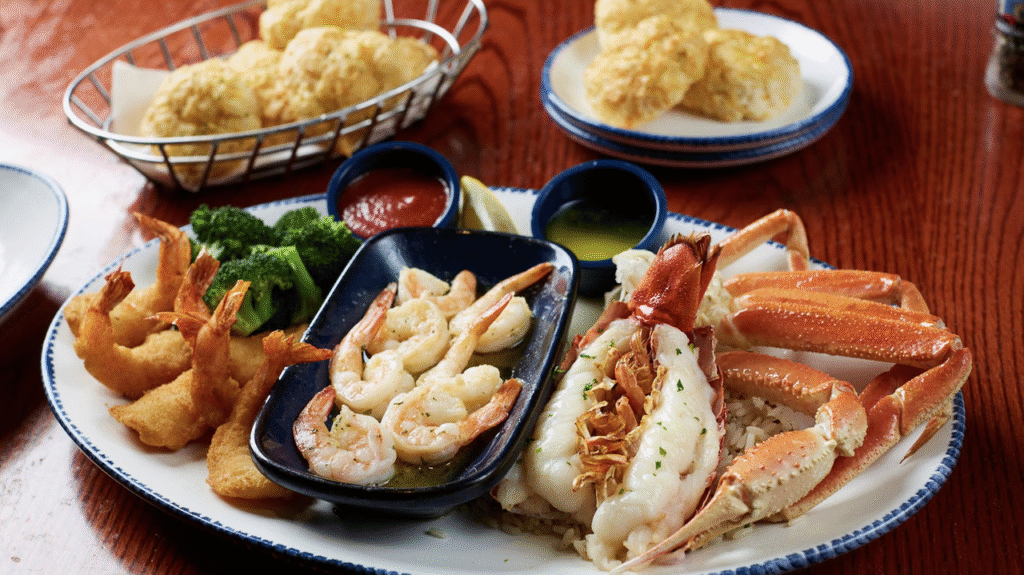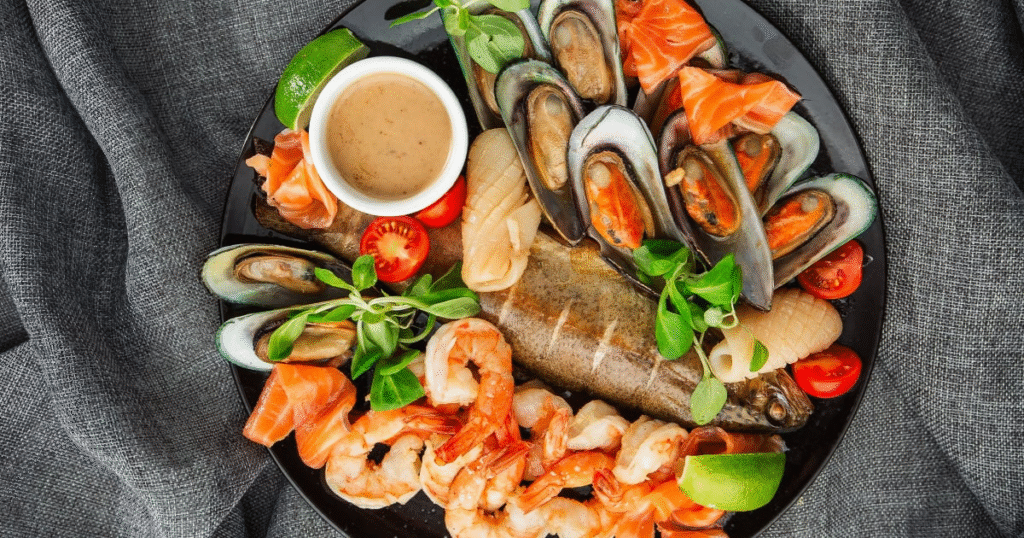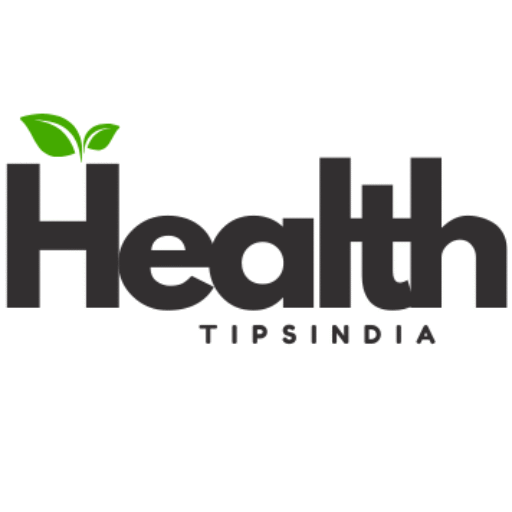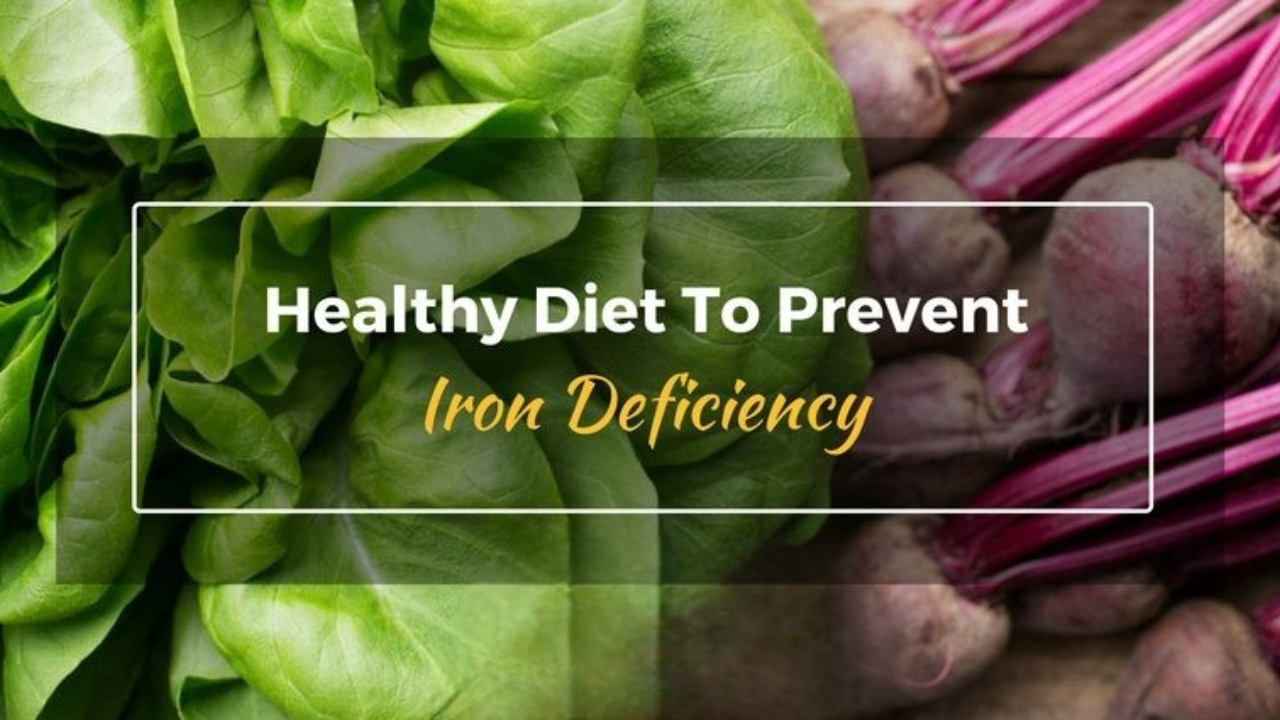Iron is one of the key minerals that contribute to the smooth running of human physiology. It plays a fundamental role in hemoglobin formation, an important protein present in red blood cells for the transport of oxygen from the lungs to different tissues in the body. Absence of such will hinder proper oxygen transport in the body, thus leading to symptoms such as fatigue, weakness, pallid skin, brittle nails, shortness of breath, and recurrent dizziness – all indicative of iron deficiency and anemia.
Iron deficiency in nutrition is a world-spanning problem. Millions of people, especially women, children, and vegetarians, live every day with low iron levels. Fortunately, diet is one major factor that rebalances iron levels in the body naturally. Eating the right kind of iron-rich meals integrated into the everyday diet can really help improve hemoglobin levels and always fight against iron deficiency, depending on the quantity of these meals.
This comprehensive guide describes the 9 natural remedies that will cure iron deficiency in the healthiest way possible. It will also provide tips on maximizing the absorption of non-heme iron as well as generating heme iron.
Understand iron deficiency and why it means something
Before jumping into the list of foods, it is important to understand how iron works in the body. There are two types of dietary iron:
Hem is found in animal-based foods such as iron-rich red meat, chicken and fish. This type is more easily absorbed by the body.
Non-hedged is found in iron-coated foods such as beans, lentils, and leaf greens. It is not effectively absorbed as a hem iron, but it still plays an important role.
Vitamin C-rich foods (such as citrus fruits, tomatoes, and bell peppers) help increase the absorption of non-heme iron. On the other hand, some compounds, such as tannins in tea, phytates in legumes, and calcium, can be rich in iron and block the absorption of iron when consumed in large quantities.
9 foods to cure iron deficiency
1. Spinach – Green Iron Powerhouse

Spinach is one of the most popular leafy greens known for its iron content. Only a cup of mature spinach provides about 6 mg of iron, making it a great alternative for vegetarians. In addition, spinach is packed with vitamin C, increasing the absorption of non-heme iron.
Not only does spinach help fight anemia, but it also supports general immunity, strengthens bones, and provides antioxidants that keep the body healthy.
Tip: Spinach with tomato, lemon juice, or bell chili for better iron absorption.
2. Red meat – a rich source of iron
When it comes to fighting iron deficiency, red meat (such as beef, lamb, and goat) is one of the most effective foods. It contains heme iron, which absorbs more effectively than iron that is not heme from the body plants.

A small serving of lean beef can provide high-quality proteins, vitamin B1, 2, and zinc, as well as about 2-3 mg of iron-Alt that is necessary for energy production and healthy blood cells.
Tip: Limit intake to middle parts (2-3 times a week) to avoid cholesterol-related health problems.
3. Lens-based iron Supermat
Lenses are a wonderful source of non-iron, especially for vegetarian and vegetarians. A cup of cooked lentils contains about 6 mg of iron with fiber, protein, and folate.

Since folate is another nutrient required to prevent anemia, the pulse gives a double advantage. They are also budget-friendly, versatile, and easy to cook in soup, curry, and salad.
Tip: Always pair vitamin C-rich veg lenses for better absorption.
4. Pumpkin seeds – Ian Ron snack
Pumpkin seeds may be smaller, but they are incredibly nutritious. A handful (about 1 ounce) gives about 2.5 mg of iron with magnesium, zinc, and healthy fat.
These sharp seeds are made for a proper snack or salad topping, which helps you increase your iron intake without much effort.

Tip: For a delicious, iron-filled snack, fry pumpkin seeds lightly, which can be eaten at any time.
5. Seeep – a seafood tax
In seafood alternatives, Oyster is an excellent source of iron. Only 3 grams of cooked OS can distribute more than 7 mg of iron, which is higher than the daily requirements for many adults.
They also contain vitamin B12, zinc, and omega-3 fatty acids, making them a power plant for energy, brain function, and general vitality.

Tip: If oysters are not available, clams and muscles are also good alternatives for increasing the iron level.
6. Quinoa – Ancient Iron Grains
Quinoa is not only gluten-free, but also rich in protein, fiber, and iron. A cup of cooked quinoa provides about 2.8 mg of iron, making it an excellent choice for people on plant plant-based diet.

Unlike several grains, quinoa contains all nine essential amino acids, making it a complete protein. This makes it particularly beneficial for vegetarians to promote both iron and protein intake.
Tip: Mix quinoa with fried vegetables or beans for a fantastic iron.
7. Dark chocolate – a delicious iron-promoted
Yes, your favorite treatment can help fight iron deficiency! Dark chocolate with at least 70% cocoa contains about 7 mg of iron per 100 grams. It also provides antioxidants that promote heart health.
Even if you are not going to overdo it, a small piece of daily dark chocolate can be a delicious way to add more iron to your diet.

Tip: Choose high-quality dark chocolate with minimum added sugar to maximum advantage.
8. Chicky – versatile iron meal
Chicken, also known as garbanzo beans, is another excellent plant-based iron source. A cup of ripe chickpeas contains about 5 mg of iron with protein, and fiber.
They are versatile and can be served with hummus, curry, salad, or fried for a sharp snack.

Tip: Add lemon juice or tomato to improve the absorption.
9. Broccoli – iron and vitamin C combination box
Broccoli not only contains iron but also has vitamin C, making it an ideal vegetable to improve iron absorption. A cup of ripe broccoli provides about 1 mg of iron with antioxidants, fiber, and folate.
The inflammatory and cancer properties of opponents make it a valuable addition to a healthy, balanced diet.

Tip: Steam broccoli to maintain nutrients instead of slightly overcooking it.
How to maximize iron absorption from foods
It is important to eat food rich in iron, but to ensure that your body absorbs the iron, that is equally important.
Here are some quick suggestions:
- Vitamin C-rich foods such as oranges, strawberries, tomatoes, and chili vine tree.
- Avoid drinking tea, coffee, or milk immediately after meals, as tannins, calcium, and caffeine reduce iron absorption.
- Fry with a raw iron pan, which can increase the iron content of the food slightly.
- Balance for hem and non-HEM iron sources for better total absorption.
Sample Iron-Rich Meal Plan
- Breakfast: Oatmeal is on top of pumpkin seeds and a glass of orange juice
- Lunch: spinach and lentils with one side of quinoa and broccoli
- Snack: a piece of fried chickpeas or dark chocolate
- Dinner: Grilled lean beef or pan-grilled salmon
This simple plan ensures that your body gets a stable supply of iron throughout the day.

Conclusion
Iron deficiency can be common, but it can be controlled and even cured with the right diet. You can naturally increase the iron level by incorporating these 9 iron-rich foods: red meat, lentils, pumpkin seeds, musk, quinoa, dark chocolate, chickpeas, and broccoli. can naturally increase the iron level, improve energy, and support general health.
FAQs:
What are the best foods to cure iron deficiency naturally?
Spinach, red meat, lentils, pumpkin seeds, oysters, quinoa, dark chocolate, chickpeas, and broccoli are excellent iron-rich foods.
How can I increase my body’s absorption of iron?
Pair iron-rich foods with vitamin C sources like oranges or tomatoes, and avoid tea, coffee, or dairy during meals.
Can vegetarians cure iron deficiency with food alone?
Yes, by eating lentils, spinach, quinoa, pumpkin seeds, chickpeas, and vitamin C-rich fruits to improve non-heme iron absorption.
What are common symptoms of iron deficiency?
Fatigue, pale skin, brittle nails, dizziness, shortness of breath, frequent headaches, and weakness are common signs of iron deficiency.
Hi, I’m veda, a professional health content writer and passionate wellness advocate at HealthTipsIndia.com
. With years of experience in writing evidence-based, reader-friendly articles, I specialize in creating content that empowers people to live healthier, more balanced lives. Whether it’s nutrition, fitness, natural remedies, or preventive healthcare, I translate complex medical concepts into actionable tips tailored for the Indian lifestyle. My goal? To make trustworthy health information accessible to everyone—one article at a time.

